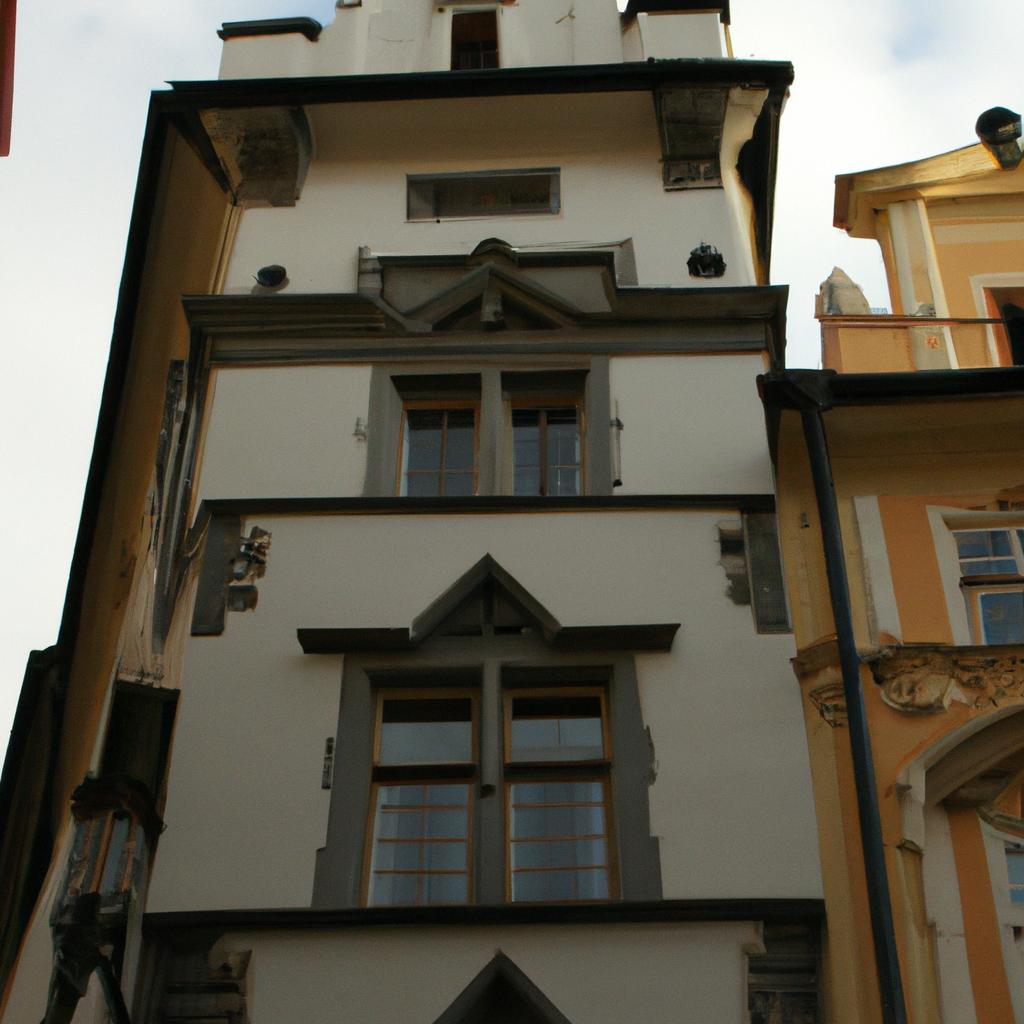Prague, the capital of the Czech Republic, is a city renowned for its rich history and cultural heritage. From the Gothic architecture of the Old Town to the Baroque palaces of the Lesser Town, Prague’s buildings reflect its extraordinary past. However, with its thriving economy, the city has experienced significant development in recent years, resulting in an increased demand for new construction. In this article, we will delve into the challenges and remarkable opportunities of building in Prague, from navigating building regulations to preserving the city’s unique architectural legacy.
Building Regulations in Prague
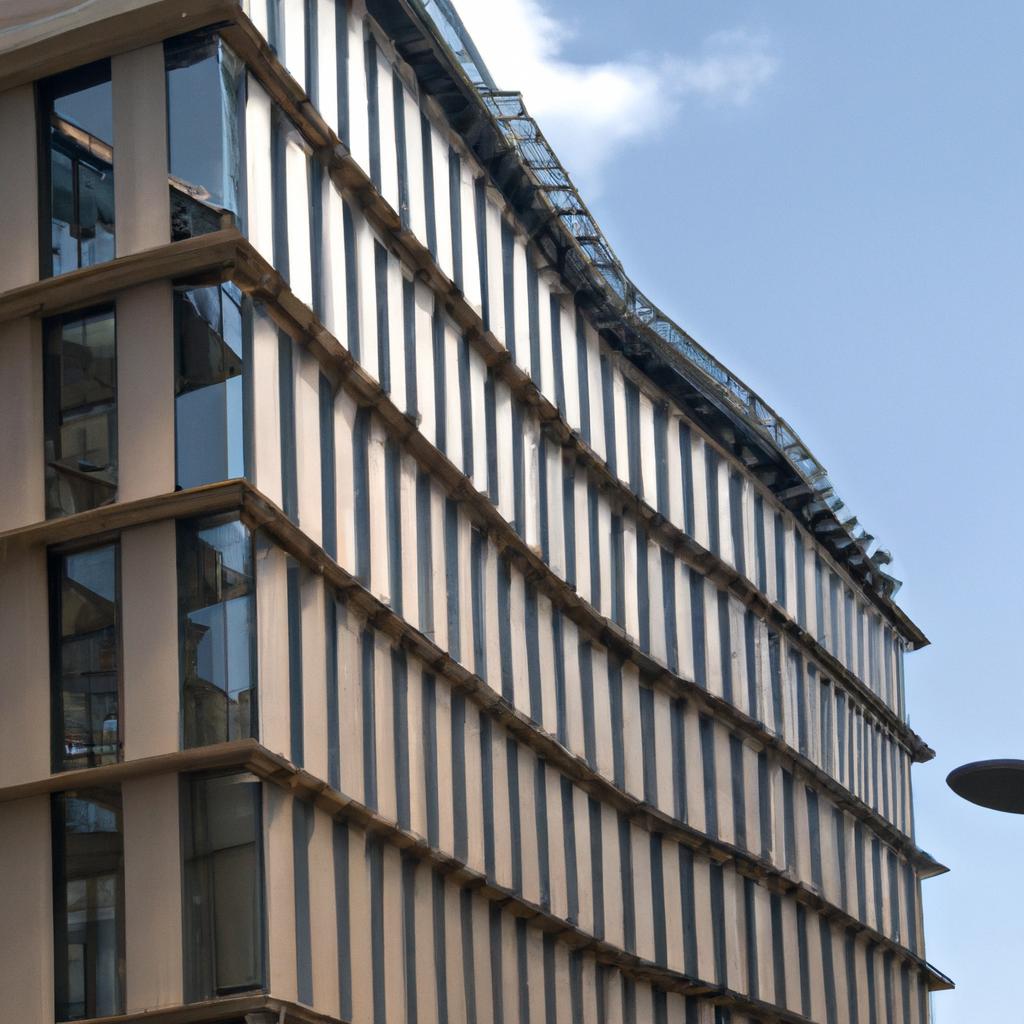
Just like any other city, Prague has specific building regulations to ensure the safety of its residents and visitors, protect its architectural heritage, and promote sustainable development. Developers aiming to obtain a building permit in Prague must submit detailed plans and specifications, including information on the building’s height, materials, and design. While the permit process can be time-consuming, it is crucial to follow the regulations to avoid any legal issues or future complications.
One of the major challenges faced by developers in Prague is the limited space within the city. With a growing population and a thriving economy, there is a high demand for new buildings, but available land is scarce. As a result, developers must be creative in their use of the limited space, often opting for vertical construction instead of horizontal expansion. Despite these challenges, building in Prague provides numerous opportunities for developers and investors. The city’s vibrant economy and architectural heritage make it an attractive location for new construction, with exciting projects already underway or in the planning stages. By working within the city’s regulations and preserving its unique character, developers can create buildings that not only honor Prague’s past but also contribute to its future growth.
Prague’s Traditional Building Styles
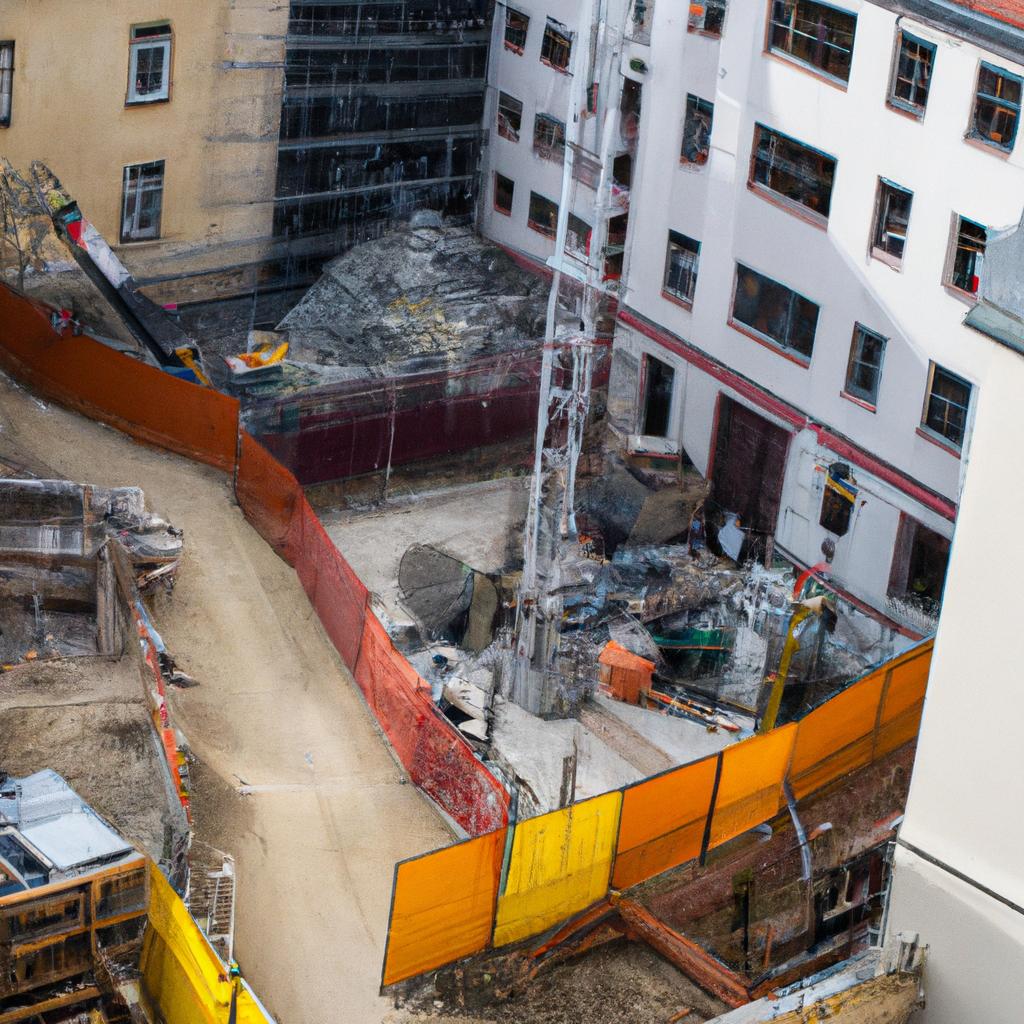
Prague’s traditional architecture is a fascinating fusion of Gothic, Baroque, and Renaissance influences. The Old Town Square, featuring the mesmerizing Gothic Tyn Church and the vibrant Baroque facades, serves as a shining example of the city’s architectural legacy. Another iconic symbol of Prague’s past is the Charles Bridge, adorned with stunning Baroque statues.
Preserving these traditional building styles is of utmost importance in maintaining the city’s character and charm. Many of these buildings are protected by law, and developers must adhere to strict guidelines when making changes or renovations. This process can be challenging, but it is necessary to ensure that Prague’s unique architectural heritage remains intact.
In recent years, there has been a growing interest in restoring and preserving traditional buildings in Prague. Many historical buildings, previously neglected or damaged during the communist era, are being meticulously restored to their former glory. These projects not only contribute to the city’s architectural heritage but also provide new opportunities for investors and developers. By preserving and restoring traditional buildings, developers can create captivating living spaces that pay homage to Prague’s rich history and culture.
Prague’s Modern Building Styles
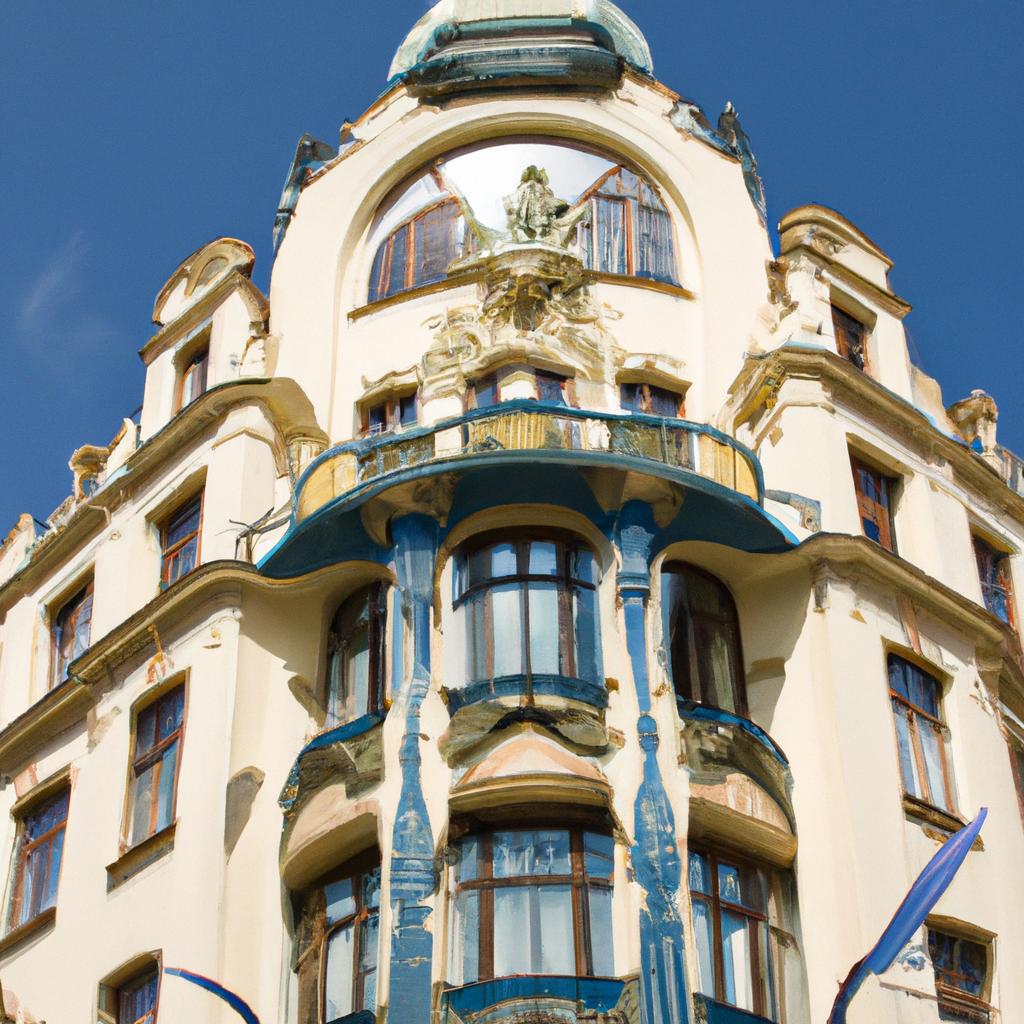
While traditional architecture plays a vital role in Prague’s character, the city also embraces modern building styles. The Dancing House, designed by Frank Gehry and Vlado Milunić, serves as a prime example of contemporary architecture in Prague. Its curvaceous form and unique design make it an eye-catching landmark in the city.
Other notable examples of modern architecture in Prague include the City of Prague Museum, the Metronome in Letná Park, and the stunning Křižíkova Fontána, located in the heart of the city. These buildings infuse a fresh perspective into Prague’s architectural landscape, challenging the dominance of traditional styles that have prevailed for centuries.
However, striking a balance between modern and traditional architecture is crucial in Prague. While modern buildings can be innovative and exciting, they must also respect the city’s heritage and harmoniously integrate into their surroundings. The city’s regulations stipulate that new constructions must be in accordance with the existing architecture, ensuring the preservation of Prague’s unique character.
Challenges in Building in Prague
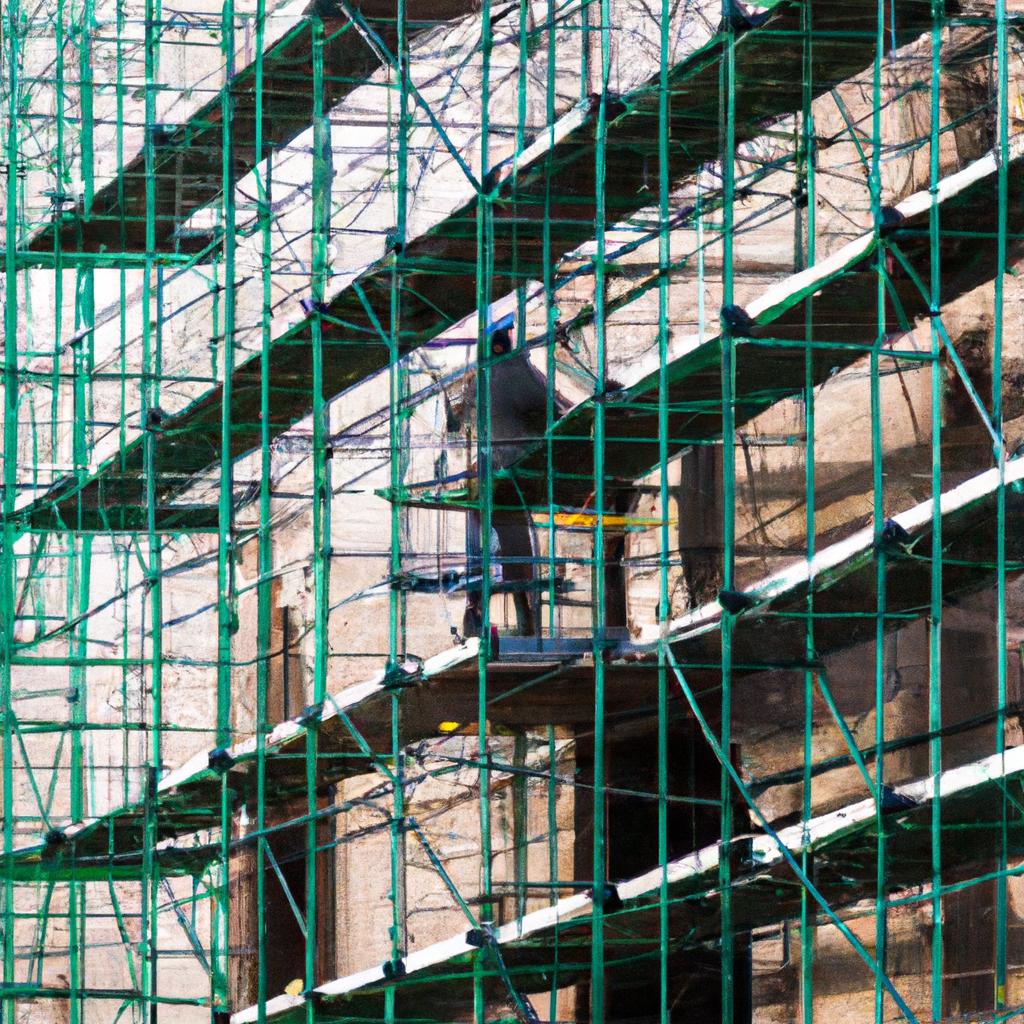
Building in Prague presents developers and builders with a distinctive set of challenges. One of the most significant obstacles is the limited space within the city, making it difficult to find suitable land for new constructions. Consequently, there is a growing trend towards vertical development, resulting in the construction of high-rise buildings.
Another challenge lies in complying with Prague’s stringent historical preservation requirements. Numerous buildings in Prague hold protected status, necessitating developers to work within strict guidelines when making alterations or renovations. Although this process can be time-consuming and intricate, it is essential to ensure the preservation of the city’s architectural heritage for future generations.
Finally, achieving a balance between modern and traditional architecture is a critical consideration. Prague’s rich history and culture make it an alluring location for new construction, but developers must carefully craft buildings that harmonize with the city’s overall character. Striking the right balance between modern innovation and traditional aesthetics is essential in creating buildings that are both functional and visually appealing.
Conclusion
In conclusion, building in Prague offers a plethora of challenges and opportunities for developers and builders alike. The city’s exceptional architectural heritage and thriving economy make it an attractive destination for new constructions. However, it is crucial to work within the city’s regulations and meticulously preserve its unique character. By finding creative solutions to the challenges posed by limited space and historical preservation requirements, developers can construct buildings that pay homage to Prague’s rich past while contributing to its future growth and success.
At TooLacks, we firmly believe in preserving and enhancing the city’s architectural uniqueness to maintain its captivating character and charm. We encourage developers and builders to approach construction in Prague thoughtfully and responsibly, striking a delicate balance between the city’s past and future. By working collectively, we can ensure that Prague remains a vibrant and enchanting city for generations to come.
For more information on TooLacks, visit TooLacks.
